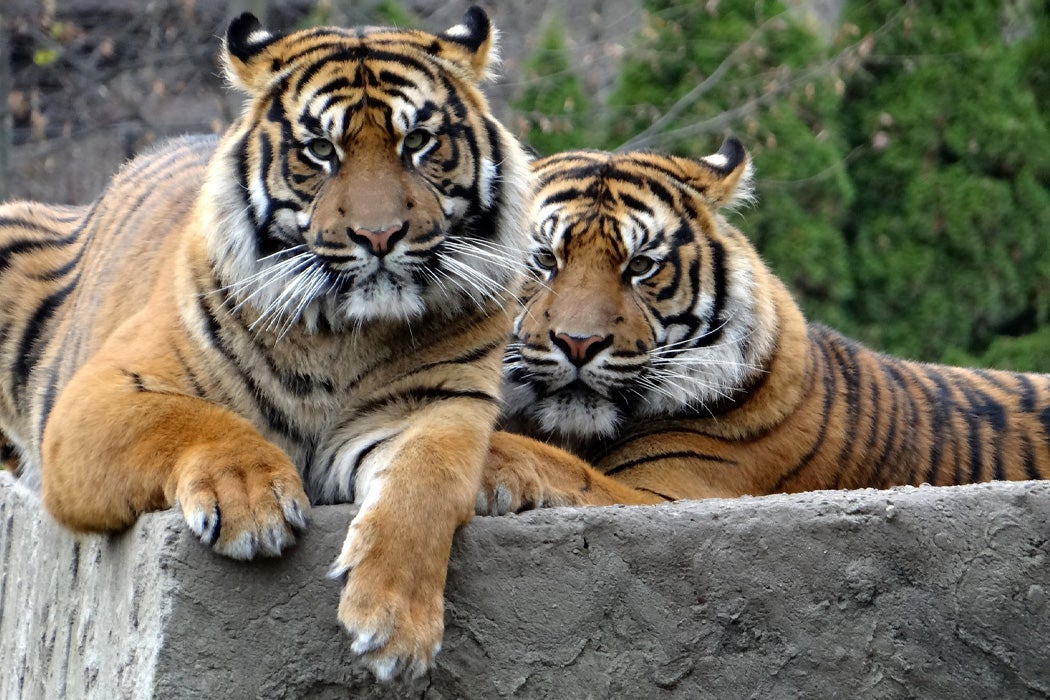|
|
Post by jhg on May 23, 2019 5:11:59 GMT 5
Honestly, there's no real point in this rank other than to artificially inflate the number of a given species and the species rank is precise enough. Why is it even used?
|
|
|
|
Post by dinosauria101 on May 23, 2019 16:42:23 GMT 5
I do not really have an opinion, but I think it's to help differentiate populations of animals. For example, the American black bear    These 3 bears are all the same species, yet that doesn't look like it at all. I can see why some rely on subspecies |
|
|
|
Post by creature386 on May 23, 2019 19:05:30 GMT 5
The species rank designates populations which could hypothetically interbreed without some separation in geography or ecological niche. The subspecies rank takes these differences in geography and niches into account.
Thus, the subspecies rank has far more of a justification than other "sub-" or "super-" ranks (e.g. subfamily, superorder, etc).
|
|
|
|
Post by theropod on May 24, 2019 1:47:37 GMT 5
How about "all ranks above genus level are useless" instead?
|
|
|
|
Post by jhg on May 24, 2019 11:06:54 GMT 5
still won’t ever acknowledge the subspecies rank.
|
|
|
|
Post by creature386 on May 24, 2019 17:49:17 GMT 5
Which ranks do you find useful?
|
|
|
|
Post by DonaldCengXiongAzuma on May 27, 2019 7:29:36 GMT 5
I do not really have an opinion, but I think it's to help differentiate populations of animals. For example, the American black bear    These 3 bears are all the same species, yet that doesn't look like it at all. I can see why some rely on subspecies You forgot about the glacier bear (a rare silvery blue subspecies of the American black bear). |
|
|
|
Post by dinosauria101 on May 27, 2019 16:50:01 GMT 5
I do not really have an opinion, but I think it's to help differentiate populations of animals. For example, the American black bear    These 3 bears are all the same species, yet that doesn't look like it at all. I can see why some rely on subspecies You forgot about the glacier bear (a rare silvery blue subspecies of the American black bear). I think I made my point adequately without it. The point was simply to show extreme variation within a species |
|
|
|
Post by jhg on Jul 14, 2019 22:26:55 GMT 5
Appearances can be deceiving; different colors do not indicate different species.
I’ve been deceived by the subspecies classification too many times to even consider using it. All too often, people mistake different subspecies for different species when they are not.
|
|
|
|
Post by creature386 on Jul 14, 2019 22:41:39 GMT 5
How does the concept of a subspecies become invalid from people not knowing what the word subspecies means?
|
|
|
|
Post by dinosauria101 on Jul 15, 2019 17:38:29 GMT 5
Appearances can be deceiving; different colors do not indicate different species. I’ve been deceived by the subspecies classification too many times to even consider using it. All too often, people mistake different subspecies for different species when they are not. It's not a one way street. Some subspecies are virtually identical. Here is a Siberian and Bengal tiger side by side. What's the difference?  |
|
|
|
Post by creature386 on Jul 15, 2019 18:04:01 GMT 5
It's not even appearance per se that's even a criterion. It's separation by geography or by niche.
|
|
|
|
Post by dinosauria101 on Jul 15, 2019 18:05:18 GMT 5
I know it's not appearance. Rather, I was just pointing out that some subspecies can look virtually identical, in contrast to some earlier posts
Also, the post I was responding to referenced appearance. Maybe that ought to be directed at jhg.
|
|